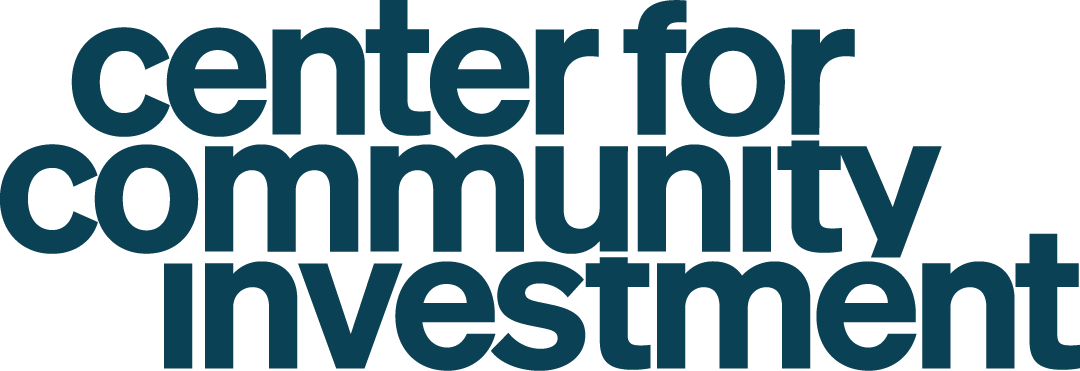J has accomplished a lot as an affordable housing developer in New York City. After 13 years and millions of dollars of transactions at a municipal housing agency and a large developer, J established his own firm. He now leverages his experience as a project manager–managing predevelopment, structuring financing, and managing construction and lease-up–to develop and own affordable housing in his city. In the wake of 2020’s racial justice protests, J saw a flood of opportunities from large financial institutions for real estate developers of color like him. In this landscape, a new challenge for J appeared: many programs for POC developers were targeted toward ‘emerging’ entrepreneurs. J’s capabilities as an affordable housing developer were evident; was J emerging? Did this term reflect and value his experience? Would these programs address his capital needs? As J recognized and as I’ve come to appreciate, not all developers of color are emerging. Targeting resources only to developers labeled as ‘emerging’ both perpetuates racist assumptions and keeps those resources from the developers who may be best positioned to deploy them for change.
Using the term ‘emerging’ to signify programs for developers of color inaccurately puts a business school graduate who wants to go into housing development, an immigrant family with a real estate portfolio of a dozen apartments and four storefronts, and a longstanding developer like J in the same category. The term reflects a white-centered worldview where white-dominated institutions have the sole power to discover and uplift developers of color. It connotes a lack of ability and capacity that requires support and training to bring up to par and equates financial position–past access to capital–with ability to develop real estate to enhance communities.
The irony of this, especially as a response to the 2020 call for racial justice, is the well-known fact that the historic exclusion of African Americans, indigenous, and immigrant people from owning land in our country and benefiting from its appreciation created the inequities in the real estate development industry and perpetuates the wealth gap. By misusing emerging to describe developers of color, we make this history invisible. And we miss opportunities to design products and programs that address actual capital and capacity needs.
The alternative begins with language that accurately describes developers’ experience, knowledge, and accomplishments. By practicing our equity values in our language, we can design our products and programs to not only address capital needs, but also to shift the underlying mindsets that uphold institutional racism.
When LIIF set out to develop a loan product to build the power, wealth, and representation of developers of color in the affordable housing industry, we deliberately focused our efforts on deploying capital to experienced Black developers. Our target customers had the experience to develop more affordable housing but lacked the financing to achieve those goals.
LIIF’s Black Developer Capital Initiative (BDCI) offers an unsecured predevelopment line of credit product to provide early-stage project capital for experienced Black developers to grow their businesses. We’ve developed a deliberate approach to describing and differentiating levels of experience that a private developer brings to their development pipeline. Our five Experience Tiers correspond with identifiable experience and skills. We’ve designed a template to demonstrate a principal and/or firm’s leadership in all aspects of project development, including projects stewarded on behalf of an employer. This enables LIIF staff – both relationship managers and credit approvers – to understand a developer’s experience and growth goals going forward.
Using Experience Tiers to understand our portfolio of BDCI borrowers has also enabled us to better understand the impact of this product on businesses at different points in their growth cycle: Tier 1 and 2 developers, who have gained their project development experience working as staff or consultants for another firm but have not yet owned their own projects, are most impacted by having access to liquidity to get their businesses off the ground. This positions them better to negotiate with joint venture partners as they can bring capital to cover their share of predevelopment expenses. On the other end of the Tiers are Tier 5 developers, who have full time development staff and 10+ years in business. Access to the 5-year loan term and larger commitment impacts their ability to grow their pipeline, providing visibility and confidence to pursue more projects with the predevelopment liquidity to back it up.
Across the community development ecosystem, we need to focus our work to increase capital access on changing old practices and root our decision-making and risk assessment in methods that value the work and humanity of Black and POC developers and borrowers. Leaders have much more to learn, practice, and change, but the linguistic and practical shift we started with at LIIF is a key step in the process. Without precise language, lenders will continue to miss opportunities to address specific capital needs–and to transform our mindsets in service of racial justice.

